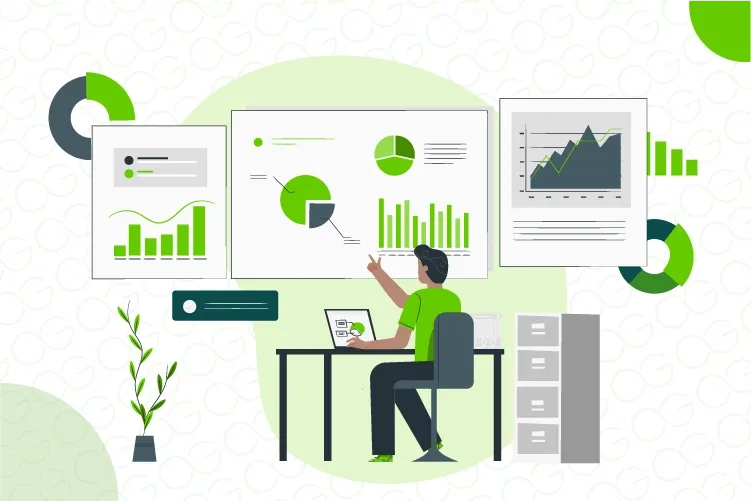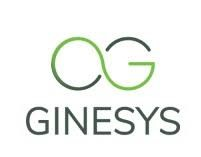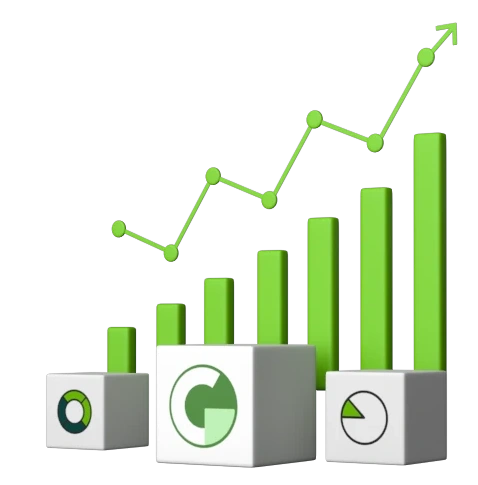How Smart Retailers Use POS Analytics to Drive Performance and Profit

In the fast-paced world of retail, data is the new currency. With changing consumer behaviors, rising competition, and the growing demand for personalization, retailers need more than just sales and billing capabilities from their Point-of-Sale (POS) systems. In 2025, forward-thinking retailers are leveraging POS analytics to transform their operations, improve customer experience, and optimize profitability.
While traditional POS systems were built primarily to manage transactions, modern POS solutions — especially when paired with powerful business intelligence tools like Ginesys BI — provide deep insights into customer behavior, inventory patterns, store performance, and employee productivity. These insights enable retailers to make data-driven decisions that result in higher sales, improved efficiency, and better customer loyalty.
Let’s dive into how retailers can truly take advantage of POS analytics, what areas it influences, and how a tool like Ginesys BI enables smarter retailing.
1. Moving Beyond Transactions: Understanding POS as a Strategic Asset
Most retailers today have implemented POS systems to streamline sales and inventory operations. But many are still underutilizing the full power of their POS data. POS analytics does more than just generate daily sales reports — it transforms raw data into actionable insights that can influence every department, from marketing and merchandising to operations and HR.
An intelligent POS analytics solution like Ginesys BI aggregates data across all your sales channels — physical stores, e-commerce platforms, and mobile applications — to deliver a unified business view. Whether you're a single-store business or a multi-location retail chain, POS analytics helps you track the pulse of your business in real time.
2. Real-Time Inventory Monitoring and Optimization
One of the key advantages of POS analytics is its ability to provide real-time visibility into inventory levels. With Ginesys POS integrated with Ginesys BI, retailers can monitor inventory across multiple locations — from warehouse to storefront — and identify which products are moving fast and which are stagnating.
How it helps:
- Automatically flags low-stock or overstocked items
- Provides inventory turnover rates by category or SKU
- Identifies dead stock and underperforming products
Having this granular visibility helps avoid both stockouts and overstocking, leading to lower carrying costs and higher sales opportunities. Retailers can also use these insights to make informed decisions about seasonal restocking, vendor negotiation, and shelf-space allocation.

Discover how Ginesys BI helps you optimize inventory in real time.
3. Total Cost of Inventory Ownership: Going Beyond Per-Unit Pricing
While it’s tempting to focus only on per-unit pricing when choosing suppliers, POS analytics allows retailers to look at the total cost of ownership. This includes transportation costs, delivery timelines, return policies, and damage rates.
Ginesys BI enables comparative performance analysis across suppliers, helping you choose vendors not just based on price, but on overall efficiency and reliability. Over time, this results in:
- Smarter procurement strategies
- Lower operational overhead
- Improved vendor relationships
4. Understanding Customer Behavior and Buying Patterns
Knowing your customer is central to retail success. POS analytics helps you build detailed customer profiles by tracking purchase history, average basket size, frequency of visits, and preferred categories.
What you can do with this data:
- Segment customers based on buying patterns
- Identify your most loyal/high-value customers
- Personalize promotions and product recommendations
Retailers can also align their inventory and marketing strategies with customer preferences. For example, if data shows that customers in a certain location prefer a specific brand or category, that insight can drive tailored promotions, inventory planning, and store layout adjustments.

Want to know your customers better? Use Ginesys BI to uncover buying patterns and personalize experiences.
5. Store-Level Insights Across Locations
For retailers with multiple outlets, it’s crucial to evaluate each store’s performance independently and comparatively. Ginesys BI allows retailers to:
- Compare sales and footfall metrics across stores
- Identify high-performing and underperforming locations
- Uncover local trends, seasonal variations, and demographic behavior
This allows leadership to set custom KPIs, deploy location-specific marketing, and even retrain staff or redesign operations in stores that are lagging behind.
6. Forecasting Demand with Greater Precision
Retail is all about timing — having the right product, in the right place, at the right time. POS analytics supports demand forecasting by analyzing historical sales data, current trends, and seasonal patterns. Retailers can forecast product demand more accurately, reducing the risk of missed sales or excess inventory.
Ginesys BI enables predictive analytics through:
- Historical trend analysis
- Week-on-week/month-on-month comparisons
- Smart seasonality projections
These forecasts help streamline supply chain decisions and production planning, especially in industries like fashion and grocery where trends shift quickly.
7. Smarter Promotions and Targeted Marketing
Marketing without data is like throwing darts in the dark. POS analytics provides clear insights into which campaigns, discounts, and bundles are actually converting into sales.
How POS analytics boosts marketing:
- Identifies which products respond best to discounts
- Tracks effectiveness of email, SMS, and loyalty campaigns
- Enables geo-targeted and behavior-based promotions
With Ginesys BI, retailers can create and measure segmented campaigns targeted at specific customer groups — for example, running a clearance sale for customers who have previously purchased similar products or targeting high-value customers with premium offerings.
8. Leveraging Employee Performance Data
POS analytics also brings visibility into employee performance. Ginesys POS tracks individual cashier or salesperson data, such as:
- Average transaction value
- Sales conversion rates
- Sales by category
This insight helps identify top performers and those who may need more training. Recognizing strengths and closing performance gaps ensures better customer interaction and higher sales conversion. It also promotes a performance-driven culture in your organization.
9. Benchmarking and Operational KPIs
Retailers must constantly measure themselves against industry benchmarks or internal goals. Ginesys BI enables KPI dashboards that show:
- Revenue per square foot
- Conversion rate
- Inventory shrinkage
- Average basket value
- Returns rate
Retailers can customize dashboards per department or role — giving store managers, inventory heads, and marketing leads access to only the data they need.
10. Enhancing Omnichannel Strategy
Modern retail is omnichannel — customers may browse online and purchase in-store, or buy online and return in-store. POS analytics is essential to connect and analyze data across all channels.
Ginesys BI integrates omnichannel data to provide:
- Unified customer purchase history
- Inventory movement across channels
- Conversion metrics from digital to in-store
This unified view allows retailers to deliver a consistent customer experience, improve cross-channel fulfillment, and optimize omnichannel logistics

11. Driving Business Strategy and Expansion Plans
At a macro level, POS analytics helps guide strategic decisions such as store expansion, product diversification, or entering new markets. With Ginesys BI, decision-makers can simulate “what-if” scenarios and evaluate ROI before making big moves.
Strategic benefits include:
- Assessing location viability using sales and demographic data
- Understanding product lifecycle and profitability
- Identifying saturation points or white space in the market
12. Data Democratization and Role-Based Insights
Not every employee needs access to the same level of data. Ginesys BI allows role-based access to ensure the right data is available to the right person. Store managers can access operational reports, while marketing managers can view campaign insights — without data clutter.
This democratization improves decision-making speed and accountability at every level.
13. Reducing Operational Costs and Wastage
When you're working with real-time data, you reduce guesswork — and that directly translates into cost savings. POS analytics helps reduce:
- Overstocking and excess procurement
- Marketing budget wastage
- Shrinkage and theft due to better tracking
Over time, this results in leaner, more profitable operations.
How Ginesys BI Stands Apart
Ginesys BI is specifically designed to deliver actionable insights for retail businesses operating on Ginesys POS. Built with scalability and simplicity in mind, it offers:
- Ready-to-use dashboards and customizable reports
- Integration with inventory, finance, CRM, and HR modules
- Visual insights that are easy to understand, even for non-technical users
- Cloud-based access for on-the-go decision-making
With Ginesys POS + Ginesys BI, retailers can unify operations and intelligence under one platform.

Unlock the full power of Ginesys POS and BI.
Retailers who harness the full power of POS analytics will not only survive but thrive in 2025 and beyond. Whether it’s optimizing inventory, improving customer loyalty, or empowering employees — data is at the heart of every modern retail strategy.
With Ginesys POS and Ginesys BI working hand-in-hand, retailers get a future-ready toolkit to monitor, measure, and maximize their business performance. Get in touch with Ginesys today!
